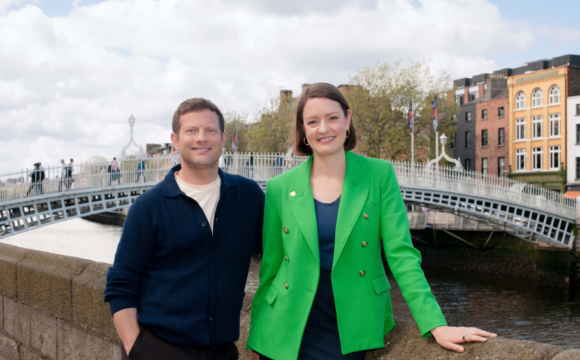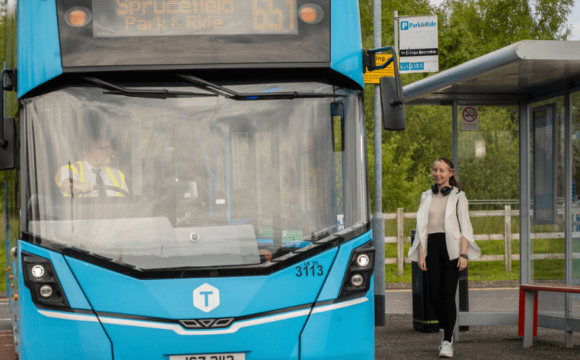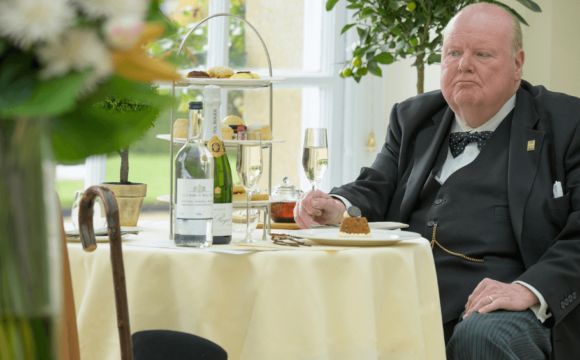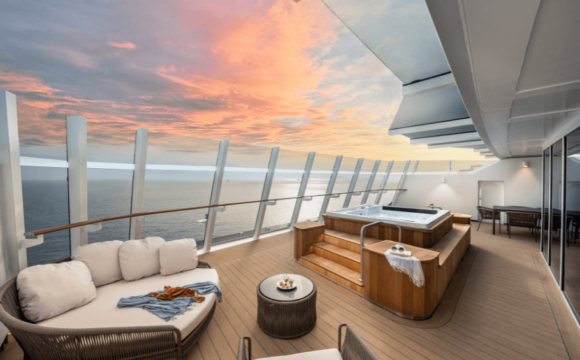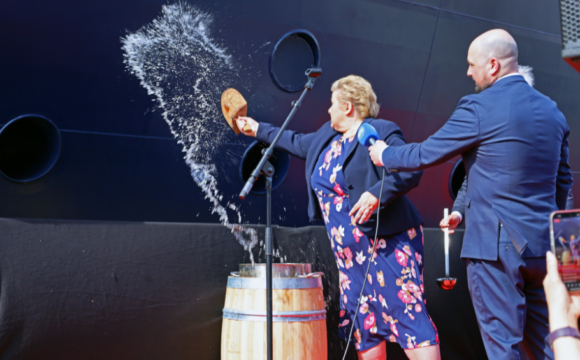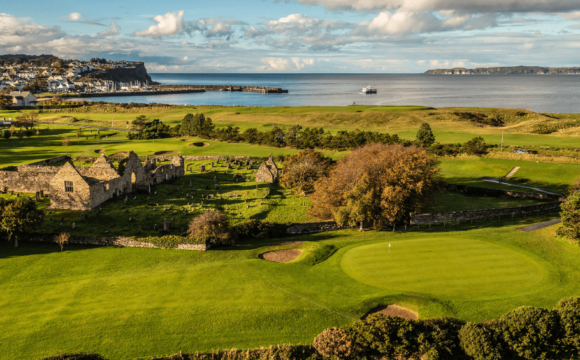An exciting new attraction comes to Lisbon as the new Royal Treasure Museum has officially opened to the public in the Palácio Nacional da Ajuda region. Witness the permanent display of Portugal’s most precious royal goldsmithery, such as the crown jewels at this new dazzling exhibit.
The new collection tells the story of Portugal from the home of its last kings, which was unfinished for 226 years. It comprises rare and valuable jewellery, insignia and decorations, coins, and pieces of civil and religious goldsmithery, such as the emerald headpiece of Dona Mariana, what is thought to be the second largest gold nugget in the world, and the tobacco box ordered by Don José from the King of France’s goldsmith in the 18th century.
Housed in one of the largest vaults in the world, with sophisticated security and temperature and humidity-controlled display cases, the museum greatly enriches the quality and diversity of Lisbon’s cultural offering in the Belém and Ajuda area.
The Royal Treasure Museum highlights the artistic and symbolic value of the pieces. It is divided into 11 zones, each with an in-depth approach to the origin and history of the pieces contained within it.
Highlights include jewels belonging to the State and from the ancient private collections of different members of the Portuguese royal family between the 17th and 20th centuries (Zone 3) and some of the most valuable Crown jewels, including the royal crown, the sceptres, and the two remaining mantles, which played a crucial role in the accession ceremony of each new monarch (Zone 5).
Other precious items within the collection are Orders of Honour, coins and medals, diplomatic gifts, liturgical implements and vestments, textiles and tableware and the Germain Service, a benchmark example of French 18th century goldsmithery due to its quality and rarity, the pieces designed to serve multiple delicacies “à la française” in the style of the European courts at the time.
The project was the responsibility of the Directorate General of Cultural Heritage, architect João Carlos Santos, and the National Palace of Ajuda. The execution of the project, including the work in the Palace, was the responsibility of the Lisbon Tourism Association, and monitored by the Directorate General of Cultural Heritage. The scientific management of the Museum is the responsibility of the Ajuda Palace, and the operational and touristic management is the responsibility of the Lisbon Tourism Association.
Further information about the museum and exhibits can be found at www.tesouroreal.pt/en




